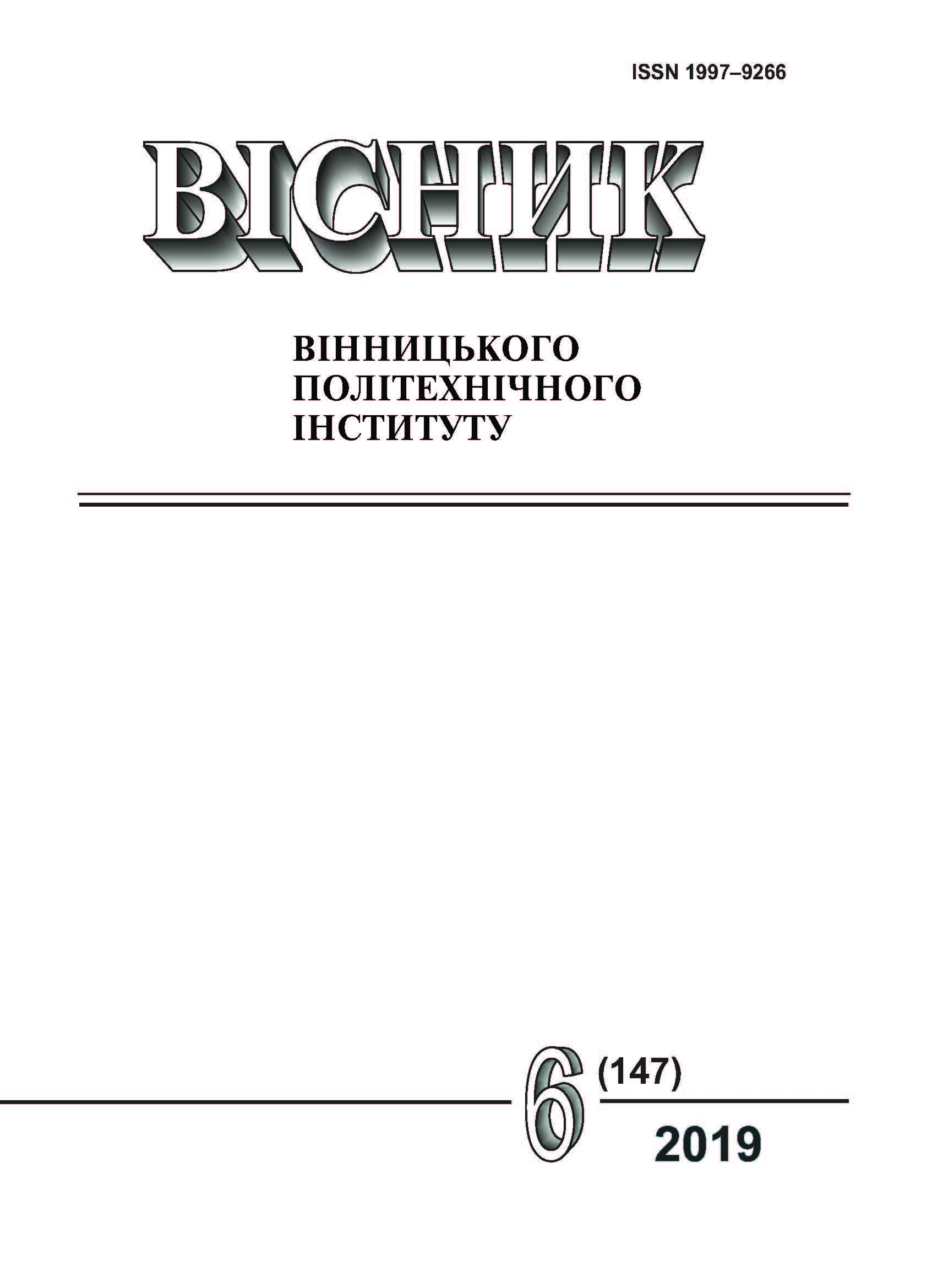Neural Network Approach to Medical Express Diagnostics
DOI:
https://doi.org/10.31649/1997-9266-2019-147-6-37-44Keywords:
medical diagnostic, neural network, discriminant analysisAbstract
Modern computerized medical diagnostics systems effectively solve complex and important problems in the field of medicine, including diagnosing diseases, monitoring patients, predicting treatment outcomes, supporting decision-making about diagnosing and treating patients. This is due to their ability to instantly analyze and summarize many factors in the process of diagnosing biomedical data. The use of neural network technologies in medical expert systems, in particular for express diagnostics, can significantly improve this process. Neural networks enable data mining, information retrieval, recognition (classification) of objects (symptoms) and visualization of the obtained results. In this work, the features of the neural network approach to medical express diagnostics are analyzed. The analysis of biomedical diagnostics methods and means showed the relevance and perspective of the use of neural network technologies. The neural network classifier based on the advanced Hamming network with the formation of discriminant functions is proposed. It allows to perform express diagnostics on a set of defined symptoms with the use of the generated in the learning the memory of weights for specific diseases. A single yk signal indicates the disease at k-number when the output layer of the neural network classifier is triggered. Therefore, the formation of the binary output signal Y = {yi} in the proposed neural network classifier provides the ability to visualize the result of diagnosis with using of LEDs. The hardware implementation of the proposed neural network classifier, along with software support, will significantly speed up the process of diagnosing biomedical data using neural network express diagnostics systems.
Downloads
-
PDF (Українська)
Downloads: 231
Published
How to Cite
Issue
Section
License
Authors who publish with this journal agree to the following terms:
- Authors retain copyright and grant the journal right of first publication.
- Authors are able to enter into separate, additional contractual arrangements for the non-exclusive distribution of the journal's published version of the work (e.g., post it to an institutional repository or publish it in a book), with an acknowledgment of its initial publication in this journal.
- Authors are permitted and encouraged to post their work online (e.g., in institutional repositories or on their website) prior to and during the submission process, as it can lead to productive exchanges, as well as earlier and greater citation of published work (See The Effect of Open Access).





